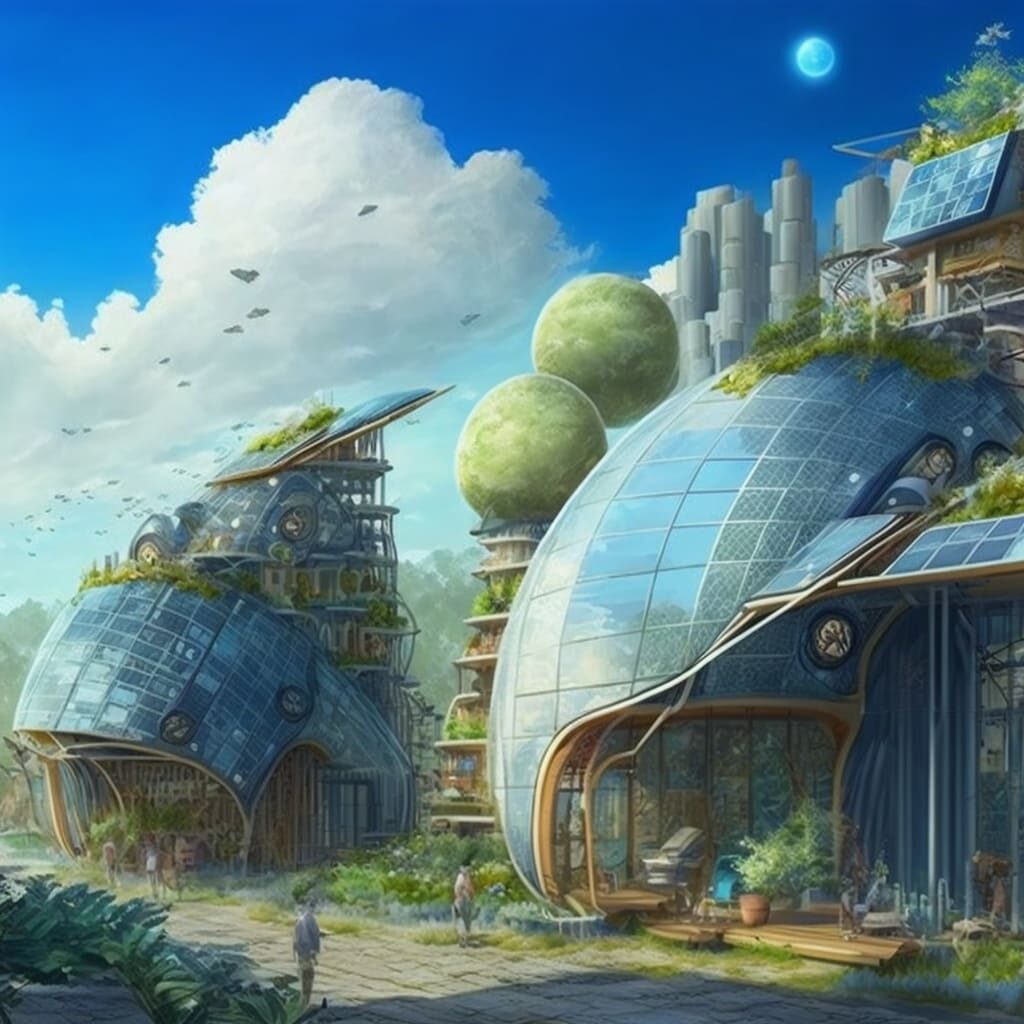What started as pure aesthetic has become social underground with books and manifestos building an ideological movement that is picking up speed and inspiring many across generations. But what spurred this movement? How does it provide that much needed hope as an antidote to the trials and tribulations of the current day?
Origins of an Aesthetic

The 1980s saw the dawn of cyberpunk with its futuristic brutalism, neon lights, cybernetic implants to cyborgs and how could we forget the dystopian corporate controlled cities perpetually stuck in a grungy filth covered dusk. Whilst we may not have as much neon or the sweet cybernetic implants, there are many aspects of what was generally thought of as a dark nightmarish dystopia scenario for humanity which are altogether frighteningly close to our present day reality. In the “western world” where neo-liberalism reigns supreme, corporations have far reaching influence that impacts daily life, gig work has become the norm and many people work multiple jobs just to make ends meet. Climate change is wreaking havoc across the globe and the governments we trust to take the necessary actions are leashed and cowed by the fossil fuel industrialists that are driven only by the need to eke out every last cent of profit.
As we’ve become more and more terminally online in the early 2010s, the resurgence of the cyberpunk view of the world propelled by an increasingly “doomer” attitude towards the future, caused a spark of resistance against this growing negativity. And so solarpunk was born as the antithesis to this gloomy corporate & cyberpunk doomerism. Solarpunk shows a vision of a world that embraces technology, not to enhance our bodies and further the decimation of society, but as a bridge to heal our world and ourselves as a species.
Solarpunk was organically born not from any existing media, though it clearly has it’s influences and inspirations, but from a gap where a near-future way of life that was in harmony with nature, and not crushing it beneath the heel of technology, was not only possible but preferable. The early 2000s allowed people to express themselves in new and captivating ways and find communities where specific aesthetics could flourish. This fallow ground of people fed up with negativity from mainstream media, the inaction of political elites on climate change and the seemingly never ending struggle for equality across the board; were (and still are) searching for a movement that gave them hope.
The aesthetic of solarpunk mostly characterised by overly green trees and plants throughout a scene in prominent positions, especially in urban settings. Solar panels and wind turbines are often another prominent feature with many images often eluding to the not so distant future with technology similar to, but more advanced than the present day. There are however many solarpunk works that have expanded on the stylised buildings, ports, dirigibles & zeppelins from the steampunk aesthetic to create an almost devolution of technology implying we need to rely less on technological advances and more on community to create the world of the future.

Political & Ideological Movement
Whilst the aesthetic can often inspire a sense of environmental consciousness, the undercurrent of the aesthetic drives towards the creation of an equality driven vision of the future. A world that utilises technology to allow people to reconnect with ecology by growing their own food coupled with community building, all fuelled by renewable forms of energy production. Where solarpunk really has it’s ideological roots is from embodying the antithesis to cyberpunk which is the established end state of capitalism played right to it’s conclusion. Solarpunk therefore has core tenets of: post scarcity, people over profits, anti-consumerism, community & welfare as basic human rights.
Whilst as an aesthetic only, solarpunk seems destined to be based on purely utopian grounds, limited to visions of fantasy lands where skyscrapers have gigantic oak trees and whole acres of crops growing at every level. On an ideological level and as a social movement however, the grassroots information sharing and focus of solarpunk is much more level headed and realistic. The community that has grown organically is base on sharing information in an open source fashion. For example such as using technologies to host your own wifi library, to the more political and theory based aspects such as creating new forms of economy based on shared resources or even a library based form of resource sharing.

Where to Next?
Solarpunk is the ray of sunshine so desperately needed in a time of unprecedented global challenges and a hegemony that seems more stubborn than ever about maintaining the stays quo. As solarpunk grows and seeps more into the mainstream the aesthetic will provide a guiding light for people to main optimism, whilst the ideological movement provides a holistic all encompassing knowledge base to build upon and sustain through the tough times & difficult choices that need to be made regarding our current societal systems.
Sources & References
https://www.re-des.org/a-solarpunk-manifesto/
https://hieroglyph.asu.edu/2014/09/solarpunk-notes-toward-a-manifesto/
https://medium.com/solarpunks/on-the-political-dimensions-of-solarpunk-c5a7b4bf8df4#.1nl4v7ht7
https://anarchosolarpunk.substack.com/p/bannedbooklibrary

